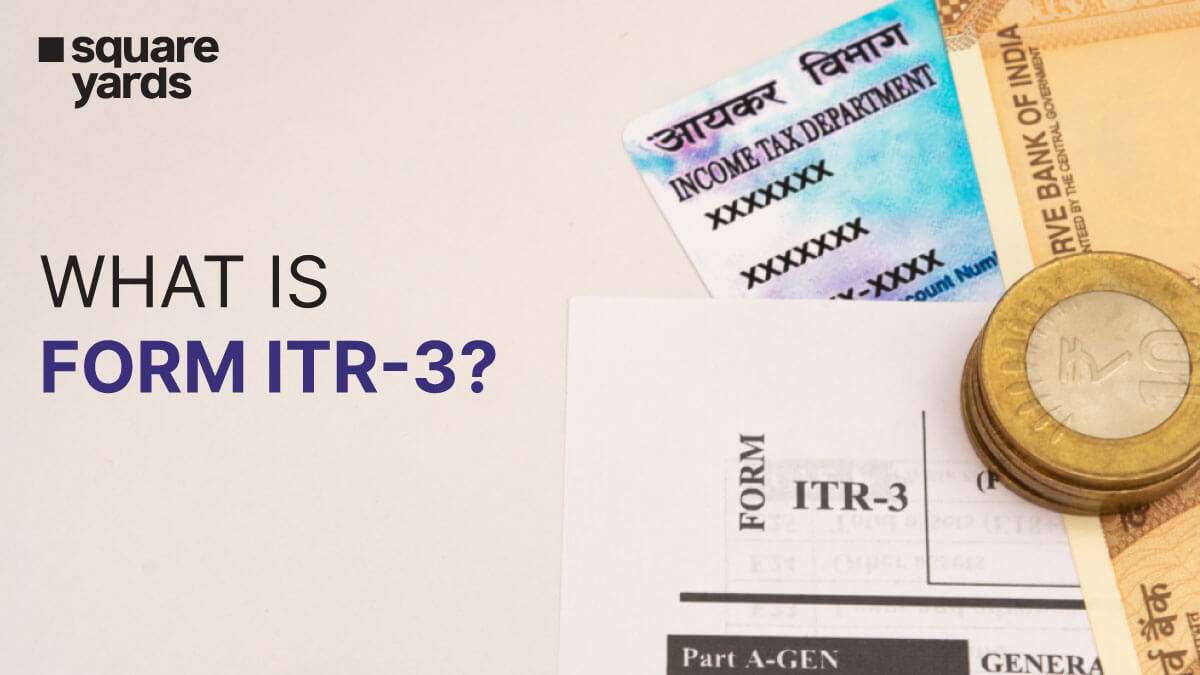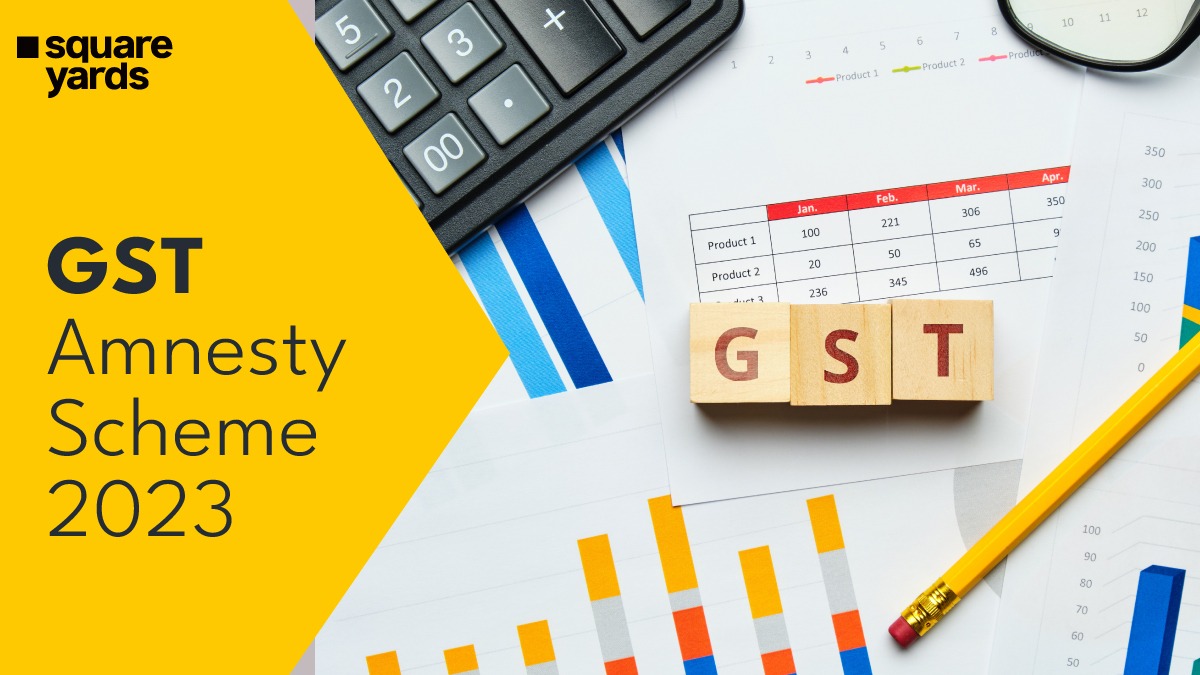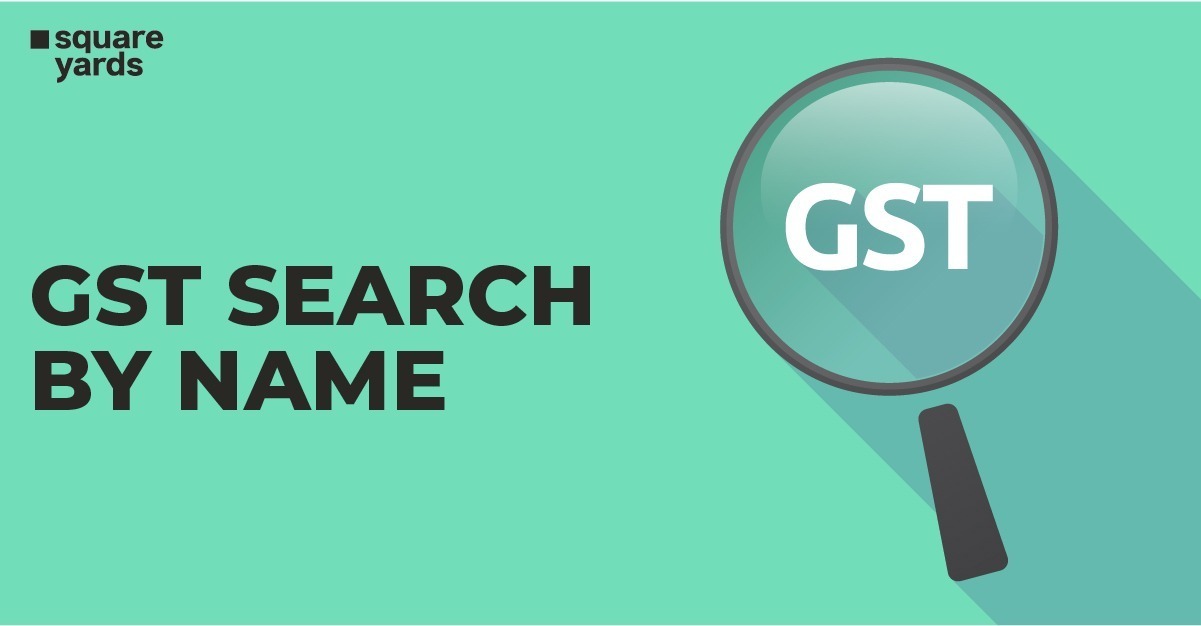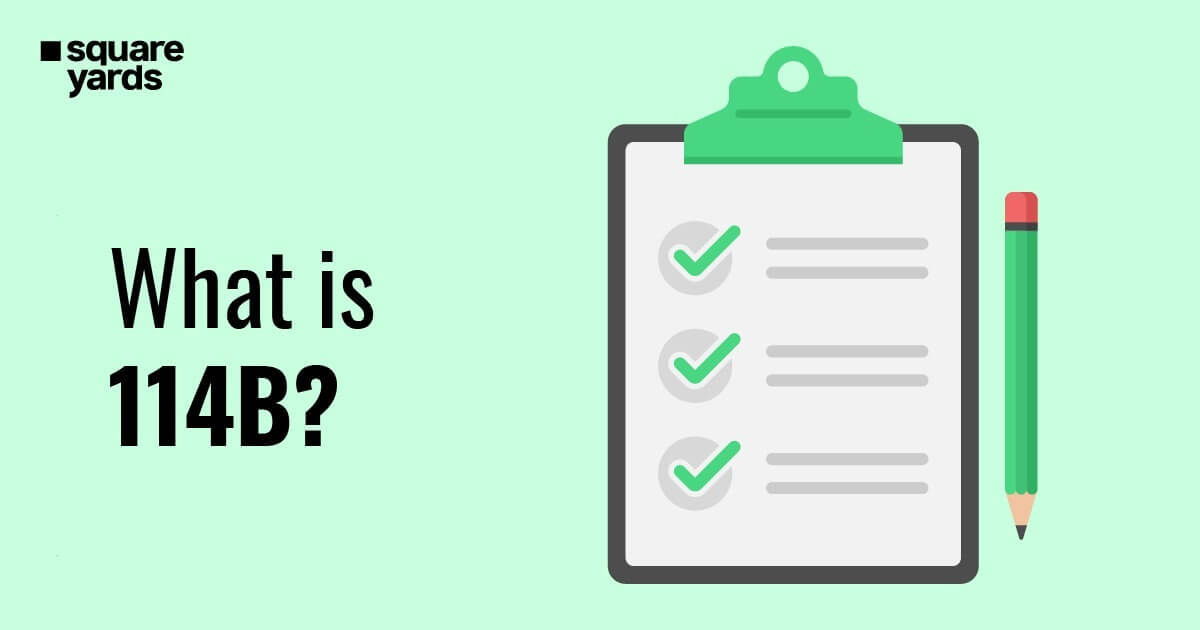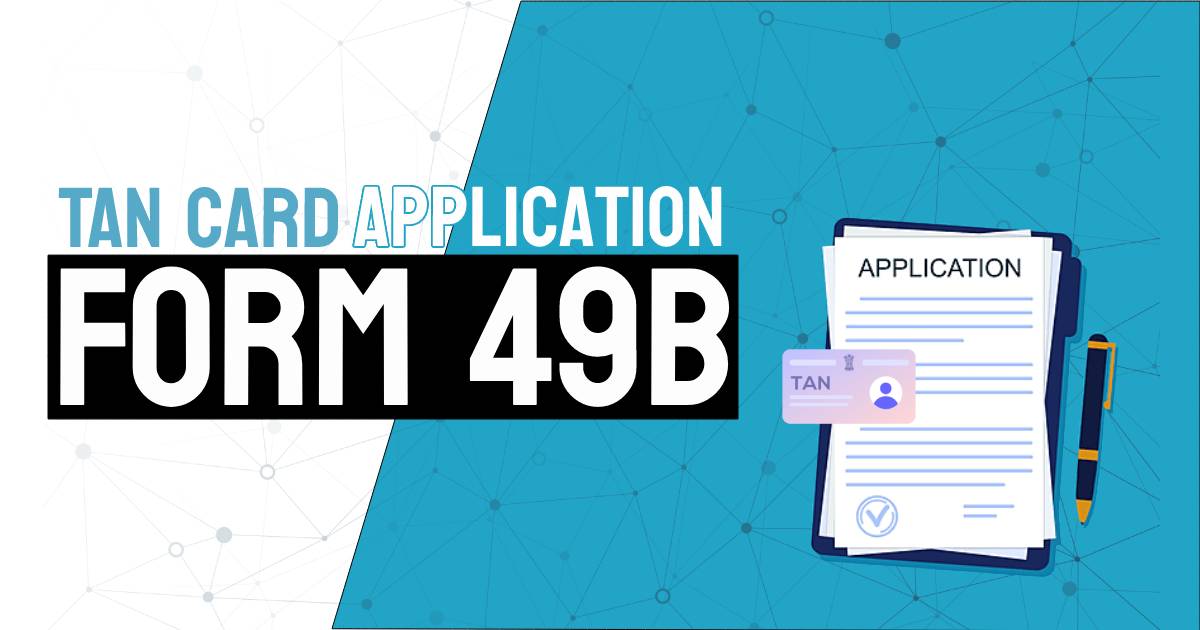Taxpayers will come across an array of categories for an income tax return in India, each requiring a different form to file ITR. One such category is ITR 3 Form which might seem a bit complicated. But you do not need to worry since we have covered all aspects of Income Tax Return Form 3 in the article below that will ease up the process of filing ITR for you.
Table of contents
- What is ITR 3 Form?
- What is ITR 3 Form Structure for AY 2021-22?
- Eligibility Criteria to File ITR-3
- How to File ITR 3 Form?
- Documents Required for Filing ITR 3
- Instructions for Filling Out FORM ITR-3
- Major Changes Made in ITR-3 for AY 2021-22
- Major Changes Made in ITR-3 for AY 2020-21
- Due Date for Filing ITR 3 Form for AY 2021-22
- Process to Download ITR Form 3 for AY 2021-22
- Frequently Asked Questions (FAQs)
Read further to know every detail about Income Tax Return Form 3.
What is ITR 3 Form?
ITR 3 is a form that can be filed by individuals and Hindu Undivided Families. To file income tax returns with ITR Form 3, you must earn income from business or profession. Thus, you can file if you are earning an income through a business or profession related to architecture, accountancy, engineering, medical, etc.
What is ITR 3 Form Structure for AY 2021-22?
ITR Form 3 is widely divided into four sections comprising:-
- Part A
- Schedules
- Part B
- Verification
Let’s learn about each section of the form:-
1. Part A
- Part A-GEN: Includes general information and the nature of business
- Part A-BS: Contains balance sheet of the proprietary business or profession as of March 31, 2020
- Part A-Manufacturing Account: Comprises manufacturing account for the financial year 2020-21
- Part A-Trading Account: Contains trading account for the financial year 2020-21.
- Part A-P&L: Presents profits and losses for the financial year 2020-21
- Part A-Ol: Reveals other information, however, it is optional in the cases that are not liable for audit under Section 44AB
- Part A-QD: Includes quantitative details, however, it is optional in the cases that are not liable for audit under Section 44AB
2. Schedules
- Schedule-S: Calculates income that falls under the head “Salaries”
- Schedule-HP: Calculates income under the head “Income from House Property”
- Schedule-BP: Computes a taxpayer’s income from business or profession
- Schedule-DPM: Computes depreciation on plant and machinery as per the Income Tax Act
- Schedule-DOA: Computes depreciation on other assets as per the Income Tax Act
- Schedule DEP: Includes a summary of depreciation on all the assets as per the Income Tax Act
- Schedule DCG: Computes deemed capital gains on the sale of depreciable assets
- Schedule ESR: Includes deduction under section 35, such as expenditure on scientific research
- Schedule-CG: Computes income under the head “Capital Gains”
- Schedule 112A: Requires taxpayers to provide details of Capital Gains where section 112A is applicable
- Schedule 115AD (1) (iii) provision: Applicable for non-residents and requires details of Capital Gains where section 112A is applicable
- Schedule-OS: Computes income under the head “Income from other sources”
- Schedule-CYLA: Contains a statement of income after setting off the losses in the current year
- Schedule-BFLA: Contains a statement of income after setting off the unabsorbed loss
- Schedule CFL: Contains a statement of losses that will be carried forward to upcoming years.
- Schedule-UD: Contains a statement of unabsorbed depreciation.
- Schedule ICDS: Displays the effect of ICDS or Income Computation Disclosure Standards on profits.
- Schedule-10AA: Computes deduction under Section 10AA
- Schedule 80G: Comprises a statement with details of donations subject to deduction under Section 80G
- Schedule RA: Includes a statement with details of donations to research associations entitled for deductions under Section 35 (1) (ii) or 35 (1) (ii) or 35 (1) (iii) or 35 (2AA)
- Schedule- 80IA: Computes deduction under Section 80IA
- Schedule-80IB: Computes deduction under Section 80IB
- Schedule-80IC / 80-IE: Computes deduction under section 80IC / 80-IE
- Schedule VI-A: Contains deductions from a taxpayer’s total income under Chapter VIA
- Schedule AMT: Computes alternate minimum tax payable under Section 115JC
- Schedule AMTC: Computes tax credit under Section 115JD
- Schedule SPI: Includes a statement that reveals income chargeable at special rates
- Schedule SI: Contains a statement of income that will be chargeable to tax at particular rates
- Schedule-IF: Contains information related to partnership firms where the assessee is a partner
- Schedule-EI: Contains a statement with income that is not included in total income
- Schedule PTI: Indicates income details from business trusts or investment funds under Section 115UA, 115UB
- Schedule TPSA: Reveals secondary adjustment of taxes under Section 92CE(2A)
- Schedule FSI: Contains details pertaining to income from outside India and applicable tax relaxations
- Schedule TR: Contains a statement of tax relief claimed under Section 90 or Section 90A or Section 91
- Schedule FA: Includes details related to Fore sign Assets as well as income from sources outside India
- Schedule 5A: Reveals information related to apportionment of income between spouses of an individual governed by the Portuguese Civil Code
- Schedule AL: Indicates assets and liabilities at the end of the year. Only applicable to taxpayers with total income exceeding Rs 50 Lakhs
- Schedule GST: Contains details related to turnover or gross receipts reported for GST
3. Part B
- Part B-TI: Computes taxpayer’s total income
- Part B-TTI: Computes tax liability on taxpayer’s total income
4. Verification
In closing, the structure of ITR 3 includes verification of the authenticity of the information provided above.
Eligibility Criteria to File ITR-3
An ITR 3 Income Tax Form can be filed by individuals or HUFs or Hindu Undivided Families with total income for a given assessment year that comprises the following:-
- Income from businesses or professions (in both audit as well as non-audit cases).
- Income from Salary/Pension and one or multiple house properties.
- Income from capital gains.
- Income from other sources such as rewards earned through horse racing, lottery and other activities.
- Income earned from a country outside India.
How to File ITR 3 Form?
ITR 3 Form has to be compulsorily filed online by taxpayers. It can be filed online by following these steps:-
Step 1: Visit the official e-filing portal of the Income Tax Department.
Step 2: Log in to the portal using your details like user ID (PAN), passport and enter a CAPTCHA code. New users need to register to open an account first.
Step 3: Go to the menu and choose the “e-File” option. Now, select “Income Tax Return” from the drop-down menu.
Step 4: The page will automatically display your PAN details. Go further and choose the “Assessment Year” required to file the ITR. Next, click on “ITR Form Number” and select “ITR-3”.
Step 5: Now, go to the option “Filing Type” and select the “Original” option. In case you want to file a revised return against a formerly filed original return, opt for “Revised Return”.
Step 6: Choose the “Submission Mode” option and click on “Prepare and Submit Online”. Next, click on the button “Continue”.
Step 7: Now, fill in the details related to income exemptions, investments as well as deductions. Further, provide the details related to tax payments through TCS, TDS, and/or advance tax.
Step 8: Make sure you fill in the correct details. In addition, keep clicking on the button “Save the Draft” regularly so that you do not lose any data.
Step 9: Choose the verification option as per your preference:
- Instant e-verification
- E-verification at a later date. However, it will be within 120 days from the filing of the ITR 3 date.
- Verification through a properly signed ITR-V sent to the Centralised Processing Centre or CPC through the post. Remember, it will be within 120 days from the filing ITR 3 date.
Step 10: Click on the button “Preview and Submit”.
Note: It is mandatory to get the verification of the returns done electronically under digital signature for accounts that require auditing u/s 44AB.
In addition, if you are required to submit a report of audit as per specific sections (such as 115JB, 115JC, 80-IA, 80-IB, 80-IC, 80-ID, 50B, 44AB, 44DA and 10AA), you need to file it electronically before filing the income tax returns.
Moreover, you can choose instant e-verification while opting for the option “I would like to e-verify” in any of these manners:
- Sign the verification part digitally.
- Authenticate the process through EVC or Electronic Verification Code.
- Enter an OTP using your Aadhaar details.
- Authenticate via a Demat account or prevalidated bank.
Filing ITR 3 offline form is applicable only for selected taxpayers, including people aged 80 or more and those with an income below Rs 5 Lakh.
Documents Required for Filing ITR 3
Here is the list of documents required to file ITR 3:-
- Photocopy of Aadhaar Card
- Form 16 issued by the employer (for salaried income)
- Monthly salary slips (if form 16 is not issued in the cases of salaried income)
- Rent receipts (in cases of rental income and rental agreement)
- Bank statement (for the financial year showing interest on saving account)
- Form 16A or statement issued by Bank for FD interest income
- Tax profit or loss or capital gain statement issued by the share broker (in case of capital gains)
- Investment details of Chapter VIA to claim the deduction
- School tuition fee receipt of children
- Receipt of life insurance premium
- Stamp-duty and registration charges
- Mediclaim payment receipt, etc.
- Principal repayment on your home loan
- Balance sheet and profit & loss statement of the previous year
- Details of Chartered Accountant regulating Tax audit (in case the taxpayer is covered under section 44AB)
- Mutual funds investment / Equity Linked Savings Scheme
- Copies of account books that are required to be maintained under section 44AB such as Journal book, Cashbook, Receipt book (in case of profession) and Sales & purchase register (in case of a business)
Instructions for Filling Out FORM ITR-3
The above-discussed sections will have to be mentioned in the form. However, some instructions will also have to be followed while filing the ITR:
- If the schedule is not befitting you, you have to just mention -NA-
- If no figure is there to donate, just mention Nil
- In case of a negative balance, you need to add the “-” sign before the figure while writing it against a profit column.
- Make sure the figures are rounded off to the closest one rupee.
- Remember to round off the total income or payable loss to the closest multiple of Rs 10.
- The Part A Section and then the 23 schedules in Part B are required to be filled. At last, the document needs to be verified.
Related ITR Form
Major Changes Made in ITR-3 for AY 2021-22
The changes have been made in the ITR 3 Income Tax Form for AY 2021-22:-
- The dividend recipient will have to pay taxes from 1st April 2020. The applicable Sections like Section 10(34), 10(35), 115-0 have been revised in the Act, and thus, changes are required to be made in the ITR Form.
- In case the taxpayers do not receive the dividend, they will be provided with a relief payment of advance tax liability. Thus, taxpayers can now enter their dividend income details every three months. This will help in calculating the interest under Section 234C for making default in the advance tax payment.
- As per the amendments in the Finance Bill 2021 in section 44AB, in case of cash payments less than 5 percent of the total amount of sales or turnover, the threshold limit of the tax audit increases from Rs 5 Crores to Rs 10 Crores. This amendment has been made in the form.
- The Schedule DI that was added in the AY 2020-2021 to request for the investment or expenditure deduction amount has been eliminated in the ITR form for the AY 2021-2022.
- A few amendments have been made to Schedule 112A and Schedule 115AD (1) (b) (iii). An additional column has been added to provide details such as the nature of the securities moved for the resultant capital gains tax under Section 112A or Section 115 AD (1) (b) (iii) of the Income Tax Act. A few modifications have been made to the schedules so that taxpayers can give details related to the sale price, the cost of acquisition of the security and the fair market value.
- A modification has been made to Part A of the ITR 3. In this, taxpayers can opt for the best alternative of the new tax plan under Section 115 BAC.
- Taxpayers earning income from profession or business and selecting the new tax plan have to provide details like the Form 10-IE filing date and acknowledgement number.
Major Changes Made in ITR-3 for AY 2020-21
The changes made in the ITR 3 Form for AY 2020-21 include:-
- The taxpayers need to reveal details like the cash deposit amount of more than Rs 1 Crore in the current accounts with a bank, expenditure of more than Rs 2 lakh on foreign travel and expenditure of more than Rs 1 lakh on electricity.
- The company type needs to be disclosed if a taxpayer is a director in an organisation or has unlisted equity investments.
- If it is the case of short term or long-term capital gains from a land’s sale, construction or both, a few details need to be provided, such as the buyer’s name, Aadhaar or PAN, ownership share percentage and address.
- A separate schedule 112A has been introduced to calculate the long-term capital gains on the equity shares sale or the sale of units of a business trust liable to STT.
- Taxpayers need to give details or “any other income” under “income from other sources”.
- An amendment has been made to Schedule VI-A for tax deductions to mention the details of deduction under section 80EEA and section 80EEB.
- If it is the case of an investment fund or a business trust, the details related to the capital gains income and dividend income need to be provided.
- A new schedule, TPSA, has been introduced for tax details on secondary adjustments under section 92CE(2A).
- A new schedule has been introduced for the details of investments/payments/expenditure tax deductions made from April 2020 to June 2020.
- If taxpayers choose multiple bank accounts to refund credit while mentioning the bank account details, the income tax department can choose any of the accounts to process the refund.
Due Date for Filing ITR 3 Form for AY 2021-22
The due date (revised) to file ITR 3 for individuals, as well as businesses, are as follows:-
- 31st December 2021 for Non-audit Cases
- 15th March 2022 for Audit Cases
Process to Download ITR Form 3 for AY 2021-22
You need to visit and log in to the official portal of the Income Tax Department to download ITR Form 3. It doesn’t cost you money. Check below for the steps to download ITR Form 3 for AY 2021-22.
- Visit the official website of the Income Tax Department – https://www.incometaxindiaefiling.gov.in/home
- Go to the Download tab and click on the button “Offline Utilities”
- Now select and click on “Income Tax Return Preparation Utilities”
- Choose your “Assessment Year” from the dropdown such as 2021-22
- Now click on the button “Excel Utility” to file the details under the column of ITR 3 and download the relevant file.
- Take a printout of the ITR Form 3 and fill the form with the required details carefully.
You May Also Read
Frequently Asked Questions (FAQs)
Who cannot file ITR 3?
An individual or Hindu Undivided Family earning income from a partnership firm cannot file ITR Form 3.
Do we need to file ITR 3 form every year?
If your gross taxable income in a Financial year is more than the maximum amount, which is not chargeable to tax, you are required to file an ITR every year.
Is the balance sheet compulsory for filing ITR 3 form?
In general, taxpayers from businesses or professions need to provide the Balance Sheet in the ITR, including details of assets and liabilities. However, it has become compulsory for the taxpayers to provide a balance sheet at the end of the year.
When can the ITR form 3 be filed?
The due date to file ITR Form 3 for individuals and businesses is 31st December 2021 for Non-audit Cases and 15th March 2022 for Audit Cases.
Can I file ITR without CA?
There is a need for the assistance of a CA for business filing where the submission of an audit report is necessary to file ITR.
Can salaried individuals file ITR 3?
Salaried individuals who are receiving income from salary, profession or business, capital gains, one or multiple house property/properties and other income sources.


